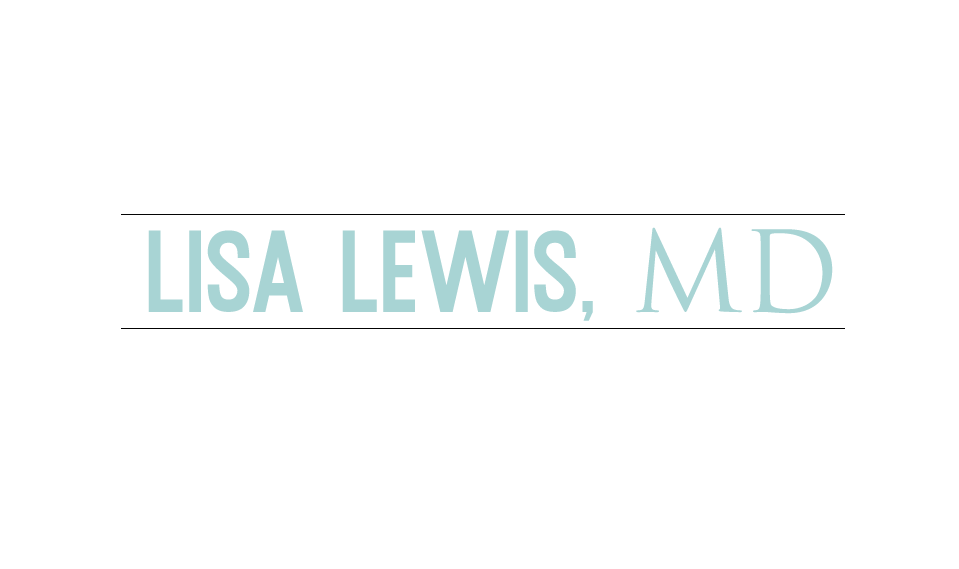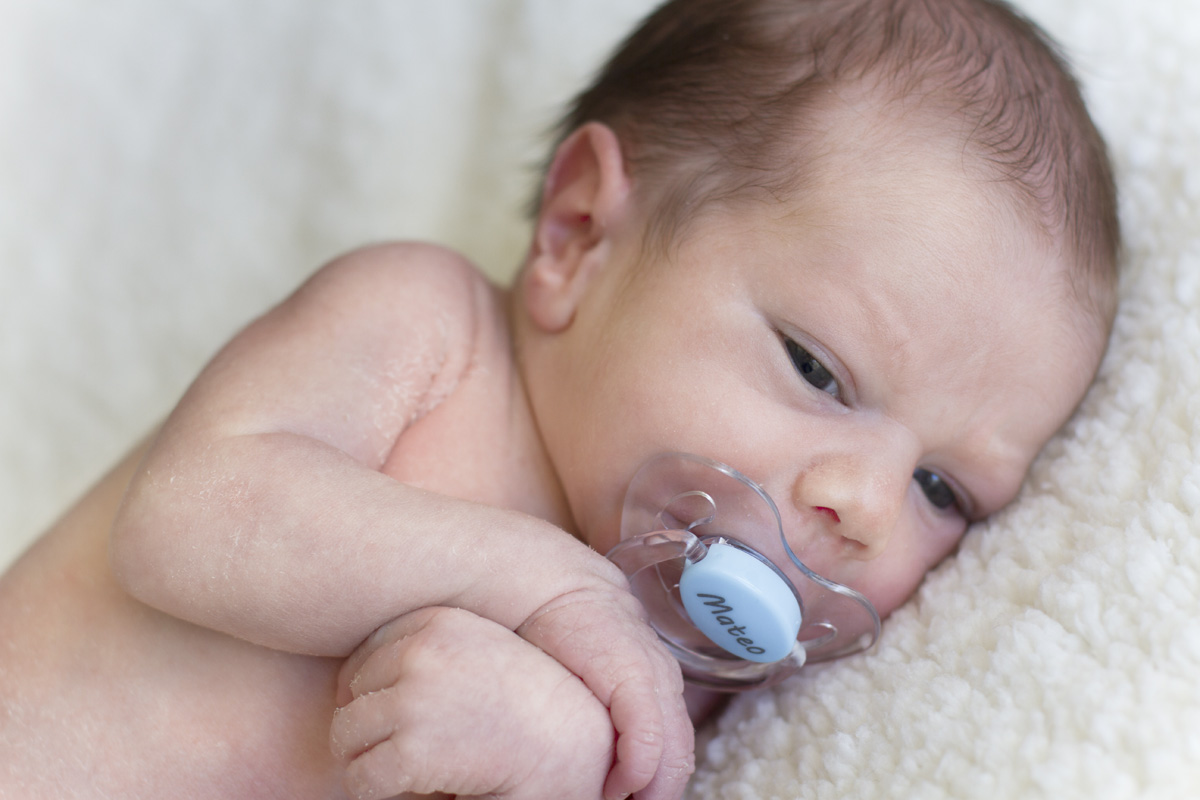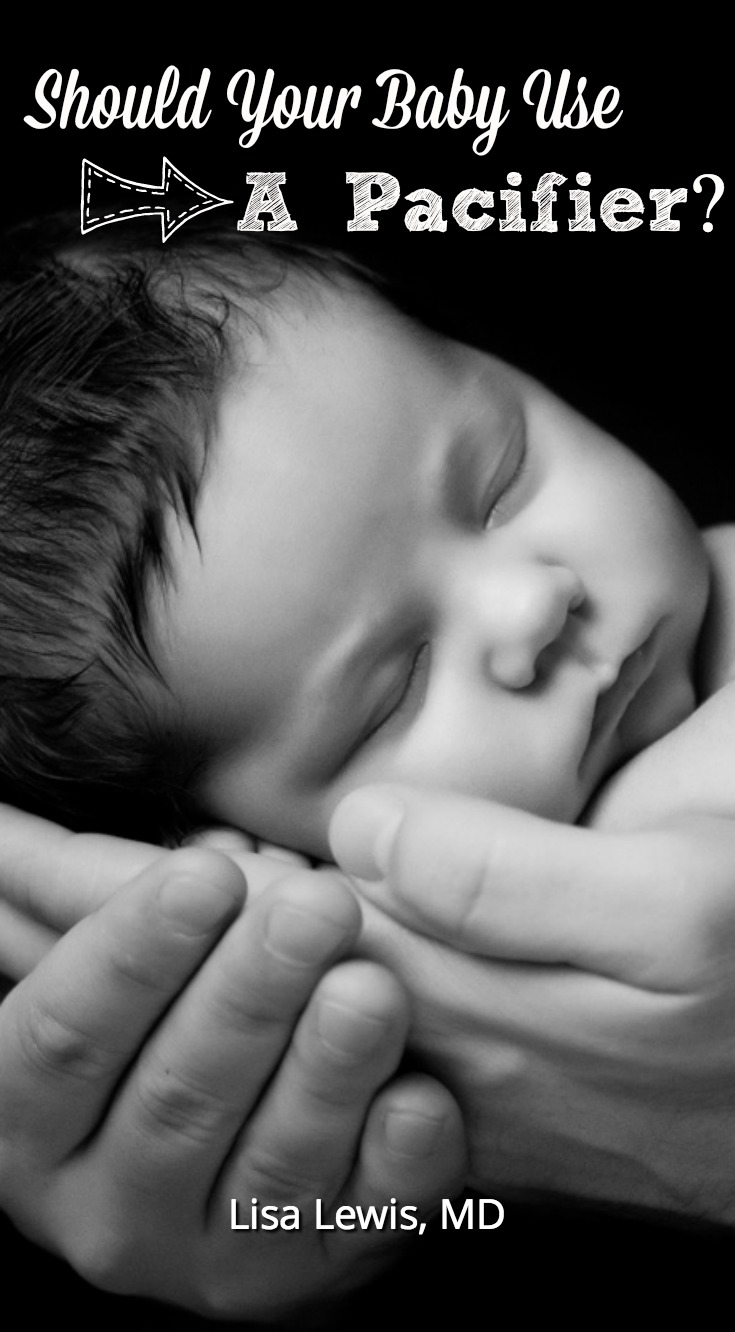Should Your Baby Use a Pacifier?
Pacifier use is a personal choice. A pacifier combined with holding, cuddling, rocking, and kind words is a loving form of nurturing for your baby. Infants have a need to suck. Sucking is a reflex from birth that is caused by a signal from the brain to help babies eat and soothe themselves. Pacifiers may be helpful and calm your baby during times when he is distressed. If he likes sucking on a pacifier to be content, pacifiers are also his friend. Often, while holding your baby, a pacifier may help him fall asleep.
Recent research points to a reduction in the risk of Sudden Infant Death Syndrome (SIDS) in babies who are pacifier users. The American Academy of Pediatrics says, “Although the mechanism is not known, the reduced risk of SIDS associated with pacifier use during sleep is compelling.” For this reason, you may hear your doctor promote pacifier use.
Newborns should wait until feeding well on breast or bottle before a pacifier is introduced.
If you are planning to breastfeed, pacifiers should be held back until the baby is latching and breastfeeding well. This is to help your baby avoid nipple confusion. Early on, when your baby is learning to latch on to the breast or bottle, he may be confused if a pacifier is introduced too early. Once he has fed well for at least four feeds, it’s OK to introduce a pacifier. Most bottle fed babies can easily switch between a pacifier and a bottle.
Be sure your baby is not hungry when you use a pacifier.
Before using a pacifier to quiet a crying baby, think about when you last fed him and how much he ate. He might just be hungry. In the first six weeks when it’s not as easy to read hunger signals, pacifiers may inadvertently replace a meal, even with the most attentive parents. Older babies generally continue to cry if they are hungry and a pacifier is offered. Younger babies may suck, enjoy, and miss out on a nutritious feeding.
Using a pacifier is easy with a few simple tips.
To begin using a pacifier, pick one with a similar appearance to a breast nipple, and stay with your choice for at least one month. This early decision helps avoid nipple confusion. Pacifiers should be one single piece. Two-piece pacifiers have a risk of breaking, and the lone, broken part can be a choking hazard. Avoid attaching the pacifier to a cord, as this may cause strangulation in a baby.
Never sweeten the pacifier with food or syrup, as this can create a sugar-dependent, cavity-prone baby. Many babies initially appear uninterested in a pacifier. If you prefer pacifier use, keep diligently giving one to him. For a period of time, you may have to hold the pacifier in your baby’s mouth to get him acclimated.
If your baby loves his pacifier, he might wake up in the middle of his night crying for it. Not all babies do this, but it’s a potential drawback to pacifier use.
Pacifiers should be kept clean.
To sterilize pacifiers, use a hot, steamy dishwasher or boil them for two minutes. Change out your pacifiers three times per day or as needed, such as when one is dropped in a dirty or soiled area.
Use pacifiers for soothing only.
Babies like to use a pacifier for most forms of soothing. Although this is not a problem during the first six months of life, prolonged use of a pacifier for soothing will likely create a dependency on it. As your baby gets into the second six months of life, don’t take away the pacifier, but introduce other forms of soothing for your infant when he is distressed.
Typically, around age one, it’s best to reduce or stop using the pacifier. Toddlers may become overdependent on it. They need to learn other techniques for self-comfort. Prolonged pacifier use may also cause dental problems or impair speech. If a child over age 18 months, still uses pacifiers, his front teeth may slant forward from the lip. Children who use a pacifier all day often are not motivated to speak as much or clearly. They talk with the pacifier still in their mouth and are at risk of articulation problems created by an inability to form their words correctly.
Prevent pacifier overdependency.
Use your pacifier liberally in the first six months. Whenever you feel that your child needs the pacifier to calm down, be distracted, or feel content, enjoy the benefit of pacifier nurturing. After six months, start a slow pacifier wean. Here's how to reduce baby stress by weaning your baby slowly off the pacifier.
From six to nine months, get ready to wean your baby off the pacifier around age one. Use it only for significant calming or to assist him to a comfortable sleep. Instead, use other methods to calm your baby when possible, such as a calming touch, soothing words, music, a warm bath, baby massage, and baby wearing.
From nine to twelve months, use the pacifier no more than two hours per day. When not in use, keep them hidden in a handy place. If the pacifier is not in sight, your baby won’t think about it. Continue to use other forms of soothing. Add a security object such as a small blanket or a soft, favorite toy that he loves holding.


